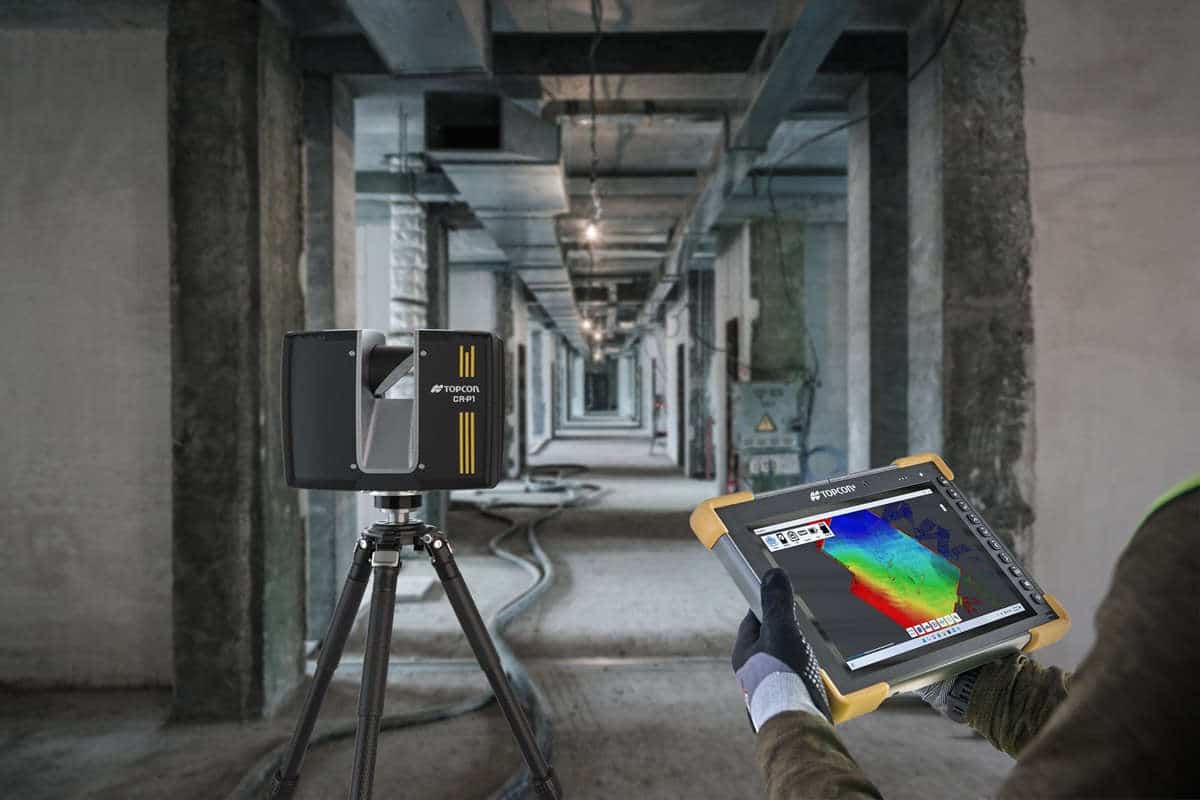How Jobsite Cameras Can Help Construction Companies
The world of construction is changing as companies struggle with recruiting skilled workers, the demands of investors and rising accident and crime rates. Visual monitoring technology can help address these issues.
Why would a company want to deploy cameras on a jobsite? Isn’t that akin to Big Brother? In fact, the use of cameras can create better project management and jobsite efficiencies. In the case of the well-known and painful shortage of skilled labor that is plaguing construction companies, better management can eliminate unnecessary costs, freeing up funds for skilled labor and keeping crews working as productively as possible.
The skilled labor shortage makes the roles of the jobsite manager, project manager and estimators more important than ever. The ability to collaborate and audit onsite performance and to effectively manage the jobsite with less skilled employees is crucial and often must be done from afar.
The Associated General Contractors of America (AGC) reported in August 2016 that more than 60 percent of construction firms are having trouble filling hourly craft labor positions. This can mean turning away new projects because crews aren’t available to work.

Construction cameras can be placed at multiple vantage points around the jobsite, enabling project managers to track progress throughout the day.
Construction site cameras are the key to supplementing lesser skilled employees and still seeing project success. The cameras can be used to monitor employee performance, document construction processes and allow managers to provide valuable feedback with marked-up photos or time-lapse videos. Monitoring can also provide more information about what could be causing quality issues from weather impact to faulty supplies to determining whether there are an adequate number of crew members onsite to do the job.
According to the National Association of Home Builders, the downturn in the housing market after 2006 drove an estimated 30 percent of construction workers into new fields, and since then, homebuilders have been struggling to find skilled labor. In late 2006, there were approximately 200,000 construction jobs unfilled in the United States. This means firms are having to offer higher pay to compete for available workers. Labor shortages cause trade contractors to sub-out portions of their work and bring in labor from other areas, which is expensive. Attempting to operate with smaller crews makes project efficiency a must.
With skeleton crews working, project managers need to be able to monitor their productivity — to get the most results from the least effort. Construction cameras can be placed at multiple vantage points around the jobsite, enabling project managers to track progress throughout the day. TrueLook, for example, offers a mobile app that provides a quick, convenient way for project managers and foremen to access the construction camera’s interface to see the crew’s progress from various angles.
Cameras that offer live jobsite viewing and streaming video provide teams a great way to collaborate with all stakeholders such as investors, subcontractors and clients. This saves money by reducing travel expenses, eliminating the need for stakeholders to travel to the jobsite for updates. Privacy is ensured by the use of encryption to protect the camera feeds from interception by third parties.
Fast access to project status information speeds decision-making and project completion. Time-lapse photography and streaming video can help project managers pinpoint issues that could cause delays. Cameras can also help prevent costly security violations on the jobsite. With the maximum OSHA penalty for a willful or repeat violation at $124,709, it’s vital for companies to avoid risk.
Security cameras can uncover potential problems early. They can track, capture and document any violations. Footage of a specific event can be reviewed to determine what went wrong and what actions are necessary to prevent similar problems from happening again during the project.
According to a report by the National Insurance Crime Bureau, the construction industry suffers more than $1 billion in losses each year in heavy equipment alone, and those numbers continue to rise. Construction cameras can help secure the jobsite against these thefts and, in the worst-case scenario, provide vital evidence for law enforcement authorities in the case of a crime.
Although trust in employees is the basis of any business, no construction company is immune to theft from the inside when part-time employees and subcontractors are accessing the site throughout the project. Visual monitoring can deter would-be thieves if they know they are under observation. Vigilance is key.
Construction cameras have become invaluable in shortening dispute cycles and resolving insurance claims. They have also become important tools in addressing jobsite accidents and either aiding in indictments or fighting them. For maximum usefulness, cameras should include time-lapse video functionality, security recording features and remote control via a web software interface. These features can be leveraged to the fullest to protect companies and projects.
As stakeholders seek to be more engaged in the progress of projects, on-site cameras can help document and model out the progression of the build. It’s much easier to show investors or management firms how the project is coming along, rather than just telling them and asking them to take your word for it.
Reviewing time-lapse images or live video of projects can reveal potential issues earlier before money and time are wasted. A survey of the site with cameras could reveal that a spot where equipment will be moved is blocked with materials. They can be moved before the equipment arrives, avoiding setbacks.
While some project delays are inevitable, the documentation capabilities of onsite cameras can provide needed evidence to justify them to stakeholders. If weather conditions cause construction to be delayed, time-lapse photography can provide a documented visual history to pinpoint the date and time the delay occurred. This helps justify the case of delaying other phases of the project to stakeholders.
Some construction camera solutions such as TrueLook enable remote access to project management via web-based back-end software and a free mobile app. Contractors, subcontractors and technicians have immediate access to project tracking data while at the jobsite.
Ken Pittman is the chief marketing officer for TrueLook. For more information, visit www.truelook.com.
Read more about TrueLook here.
Tags: May 2017 Print Issue, TrueLook





